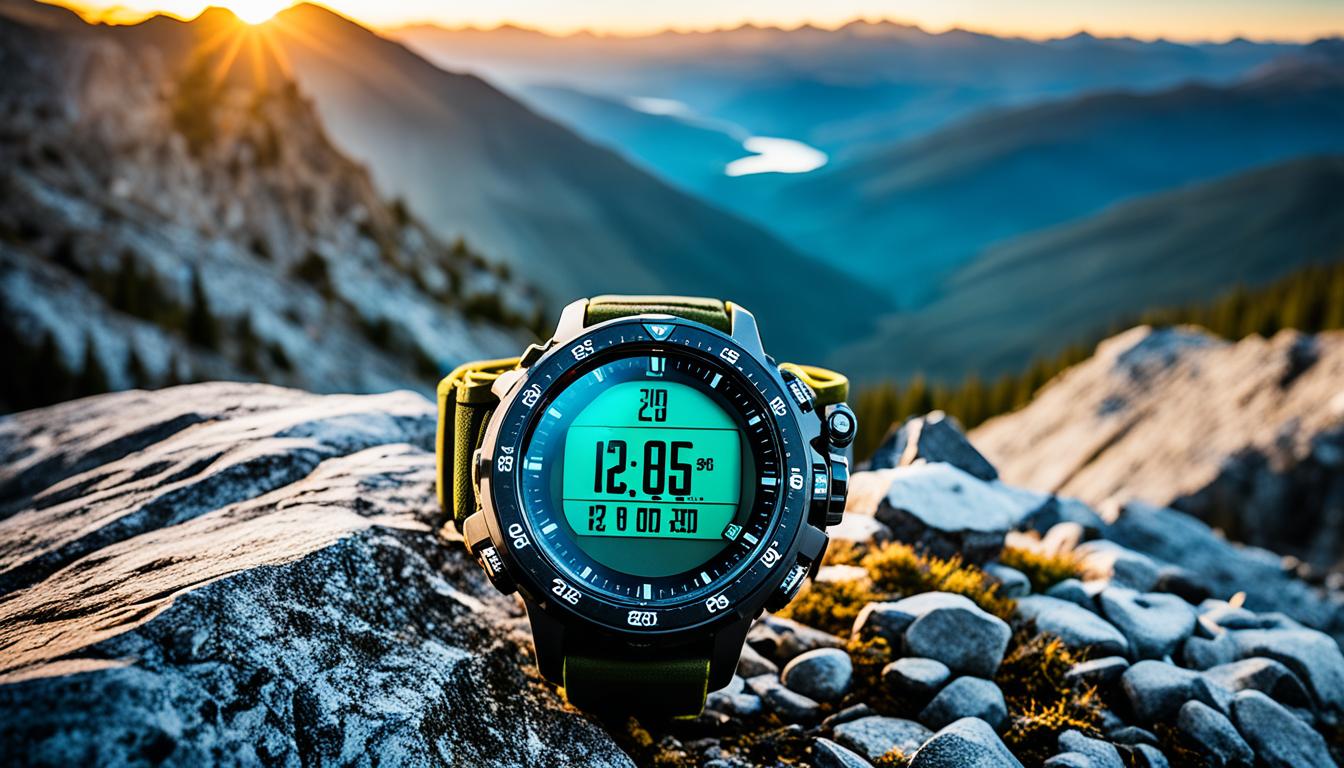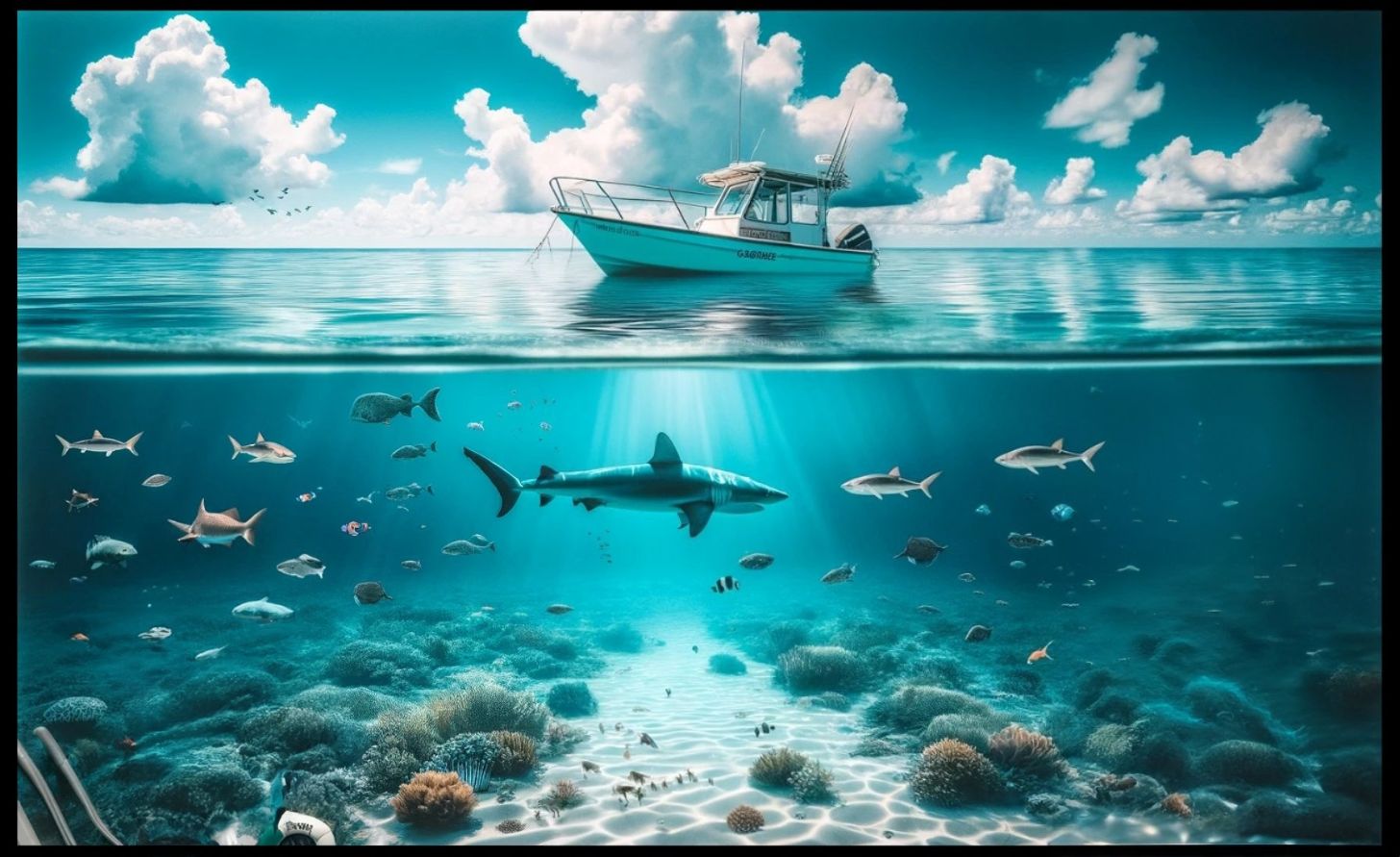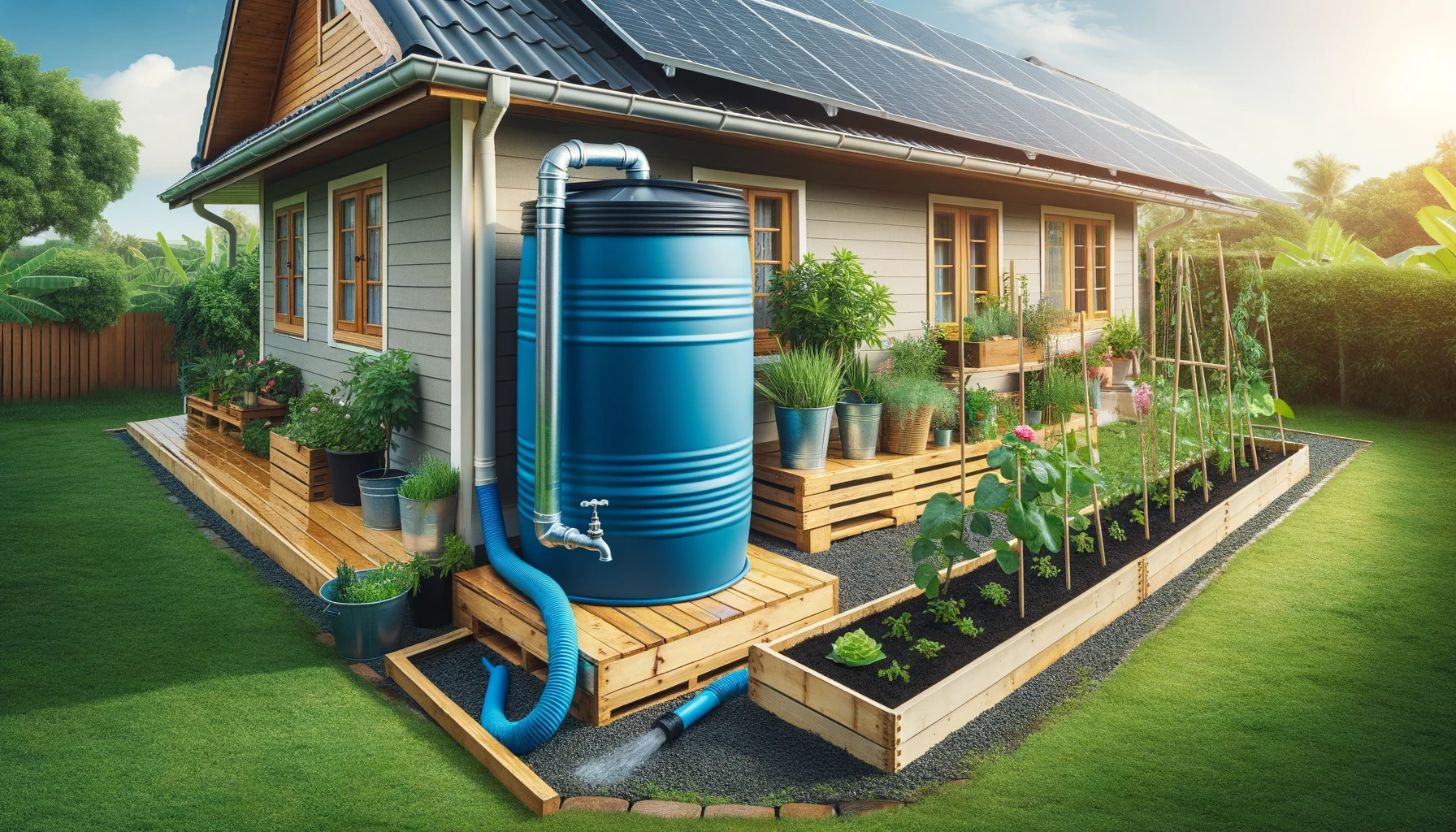Welcome to our comprehensive guide on water purification methods. The importance of clean and safe drinking water cannot be overstated, and various water purification methods can help ensure that your water is free from harmful contaminants. In this section, we will explore the different water filtration systems, water treatment processes, and water purification methods available to you.
Water purification methods are necessary because untreated water can contain impurities such as microorganisms, chemicals, and other harmful substances that can cause waterborne diseases. Water purification is the process of removing these impurities to make water safe for consumption.
There are several types of water purification methods available, including filtration-based methods, chemical-based methods, distillation, ion exchange, and membrane filtration methods. Each method has its advantages and limitations, depending on the water source and contaminants present.
Water filtration systems are a popular and effective method of water purification, with various types of filters available, such as activated carbon filters, reverse osmosis systems, and ceramic filters. Chemical-based methods involve the use of disinfectants such as chlorination, UV disinfection, and ozone treatment to kill harmful microorganisms.
Distillation involves vaporizing water and condensing the steam to remove impurities, while ion exchange is commonly used to remove hardness-causing minerals from water. Membrane filtration methods utilize semi-permeable membranes to separate impurities from water.
Choosing the right water purification method for your needs can be challenging, and it is essential to consider factors such as the water source, contaminants present, budget, and maintenance requirements. In the following sections, we will explore each water purification method in detail, as well as practical tips for purifying water at home and outdoors.
Key Takeaways
- Water purification methods are necessary to remove impurities and contaminants from water.
- Various water purification methods are available, including filtration-based methods, chemical-based methods, distillation, ion exchange, and membrane filtration methods.
- Choosing the right water purification method requires considering the water source, contaminants present, budget, and maintenance requirements.
- Purifying water at home and outdoors is essential for safe drinking water.
- We will explore each water purification method in detail in the following sections.
Understanding the Importance of Water Purification
When it comes to consuming water, safety and cleanliness should always be a top priority. Unfortunately, many water sources contain contaminants that can lead to health problems such as diarrhea, nausea, and even death. This is where water purification methods come in.
The process of water purification involves removing harmful contaminants, sediments, and bacteria from water, making it safe to drink. Without water purification, you run the risk of consuming water that may contain harmful substances, leading to various health problems.
Disclosure: When you buy through links on our site, we may earn an affiliate commission.
Water purification methods range from simple filtration to more complex chemical and distillation processes. Different types of water cleaning methods, including water disinfection techniques, are used depending on the contaminants present in the water.
It is essential to understand the different water purification methods and choose the most suitable one to ensure the safety and quality of your drinking water.
“Water is the driving force of all nature.” – Leonardo da Vinci
Common Types of Water Purification Methods
When it comes to water purification, there are several methods you can choose from to ensure clean and safe drinking water. In this section, we will discuss the most common types of water purification methods, including their advantages and disadvantages, and their effectiveness in removing contaminants from water.
Filtration-Based Water Purification Methods
Filtration-based water purification methods use physical barriers to remove impurities from water. There are several types of filtration systems, including activated carbon filters, reverse osmosis systems, and ceramic filters, each with their own unique advantages and disadvantages.
| Type of Filtration System | Advantages | Disadvantages |
|---|---|---|
| Activated Carbon Filters | Effective in removing organic compounds, chlorine, and pesticides. Relatively inexpensive and low maintenance. | May not remove all contaminants, such as microbes and heavy metals. |
| Reverse Osmosis Systems | Effective in removing a wide range of contaminants, including microbes, heavy metals, and dissolved solids. Can improve the taste of water. | Can be expensive and wasteful, requiring large amounts of water to produce a small amount of purified water. May remove beneficial minerals. |
| Ceramic Filters | Effective in removing microbes, including bacteria and protozoa. Affordable and easy to use. | May not remove all contaminants, such as viruses and dissolved solids. Can clog easily and require frequent cleaning. |
Overall, filtration-based water purification methods are suitable for a variety of water sources and can effectively remove many contaminants.
Chemical-Based Water Purification Methods
Chemical-based water purification methods use disinfectants to kill harmful microorganisms in water. Some of the most common chemical disinfectants include chlorine, UV light, and ozone.
Chlorine is a widely used disinfectant that is effective in killing bacteria and viruses. UV light and ozone are also effective in disinfecting water, but require special equipment for proper use. Overall, chemical-based water purification methods can be highly effective in eliminating pathogens from water, but may not remove other contaminants such as heavy metals or chemicals.
Distillation as a Water Purification Method
Distillation is a widely used water purification method that involves vaporizing water and condensing the steam to remove impurities. This method can effectively remove many contaminants, including heavy metals and chemicals, but is not always practical for home use due to its high energy consumption and slow process.
Ion Exchange and Water Softening
Ion exchange is a water treatment process that involves removing hardness-causing minerals from water. This method can improve the taste of water and reduce mineral buildup in pipes and appliances, but may not remove all contaminants.
Membrane Filtration Methods
Membrane filtration methods use semi-permeable membranes to separate impurities from water. These methods include microfiltration, ultrafiltration, and nanofiltration, each with their own unique advantages and disadvantages. Membrane filtration methods can effectively remove many contaminants, including bacteria and viruses, but may not remove all chemicals and heavy metals.
Activated Carbon Adsorption for Water Purification
Activated carbon adsorption is a popular method used in water filtration systems due to its ability to remove organic contaminants, taste, and odor from water. This method is effective in improving the taste and smell of water, but may not remove all contaminants, such as microbes and heavy metals.
When choosing a water purification method, it is important to consider factors such as the water source, contaminants present, budget, and maintenance requirements. Consulting with a professional can also help you determine the best water purification method for your specific needs.
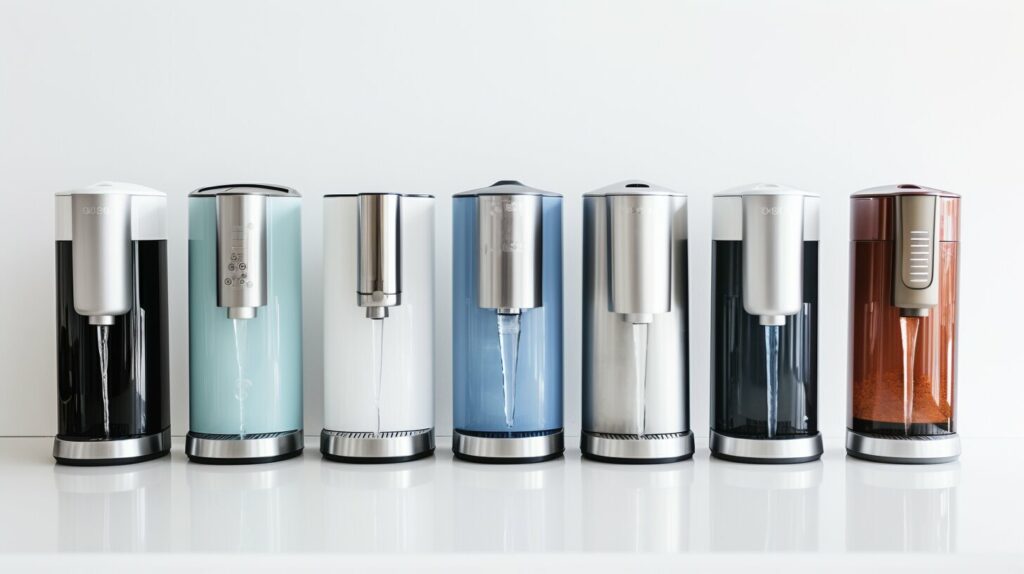
Filtration-Based Water Purification Methods
If you’re looking for an effective way to remove impurities from your water, filtration-based water purification methods may be your best option. There are various types of filtration systems available, each with its own advantages and disadvantages.
Activated Carbon Filters: These filters use activated carbon to remove impurities from water. They are highly effective at removing chlorine, sediment, and volatile organic compounds (VOCs) that cause bad taste and odor. However, they are less effective at removing dissolved minerals, heavy metals, and bacteria.
| Advantages | -Effective at removing chlorine and VOCs | -Simple installation and maintenance | -Inexpensive |
|---|---|---|---|
| Disadvantages | -Less effective at removing dissolved minerals and bacteria | -Require frequent filter replacement |
Reverse Osmosis Systems: Reverse osmosis systems force water through a semi-permeable membrane that removes impurities. They are highly effective at removing dissolved minerals, heavy metals, and bacteria. However, they are less effective at removing VOCs.
| Advantages | -Highly effective at removing impurities | -Require less maintenance than activated carbon filters | -Long lifespan |
|---|---|---|---|
| Disadvantages | -Expensive | -Wastes a lot of water during filtration process |
Ceramic Filters: Ceramic filters use a porous ceramic material to filter water. They are effective at removing bacteria, sediment, and large particles. However, they are less effective at removing dissolved minerals and other contaminants.
| Advantages | -Effective at removing bacteria and sediment | -Durable and long-lasting | -Inexpensive |
|---|---|---|---|
| Disadvantages | -Less effective at removing dissolved minerals and other contaminants | -Require frequent cleaning and maintenance |
When choosing a water filtration system, consider the impurities present in your water and the filtration requirements. Activated carbon filters are a cost-effective option for removing chlorine and bad taste and odor, while reverse osmosis systems are highly effective at removing dissolved minerals and heavy metals. Ceramic filters are best suited for removing bacteria and sediment.
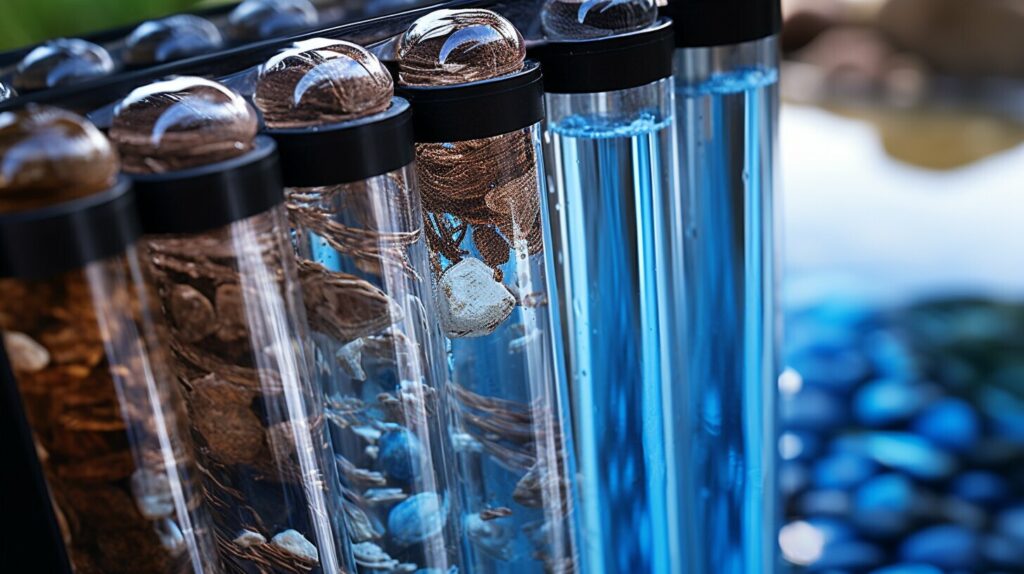
Chemical-Based Water Purification Methods
Chemical-based water purification methods are highly effective in eliminating harmful microorganisms from water. Different water disinfection techniques, such as chlorination, UV disinfection, and ozone treatment, work by killing bacteria, viruses, and other pathogens that may be present in water.
Chlorination is a widely used water disinfection technique that involves adding chlorine to water, killing bacteria and viruses. While effective, it may not remove all contaminants and may produce harmful byproducts that can be harmful over long periods.
UV disinfection utilizes ultraviolet light to kill microorganisms and is often used as an alternative to chlorination. It is highly effective and does not produce harmful byproducts, making it a safer option for water disinfection. However, it is generally not effective in removing other contaminants like heavy metals and chemicals.
Ozone treatment is another water treatment process that utilizes ozone gas to kill bacteria and viruses. It is highly effective in eliminating microorganisms and can also remove odor and taste. However, it is not effective in removing all contaminants and generally requires a filtration system for optimal results.
When using chemical-based water purification methods, it is essential to use the appropriate equipment and follow instructions carefully to avoid over-chlorination or under-disinfection, which can result in inadequate water purification. To ensure effective water cleaning and maintain the quality of purified water, it is recommended to combine chemical-based purification with other effective water cleaning methods.
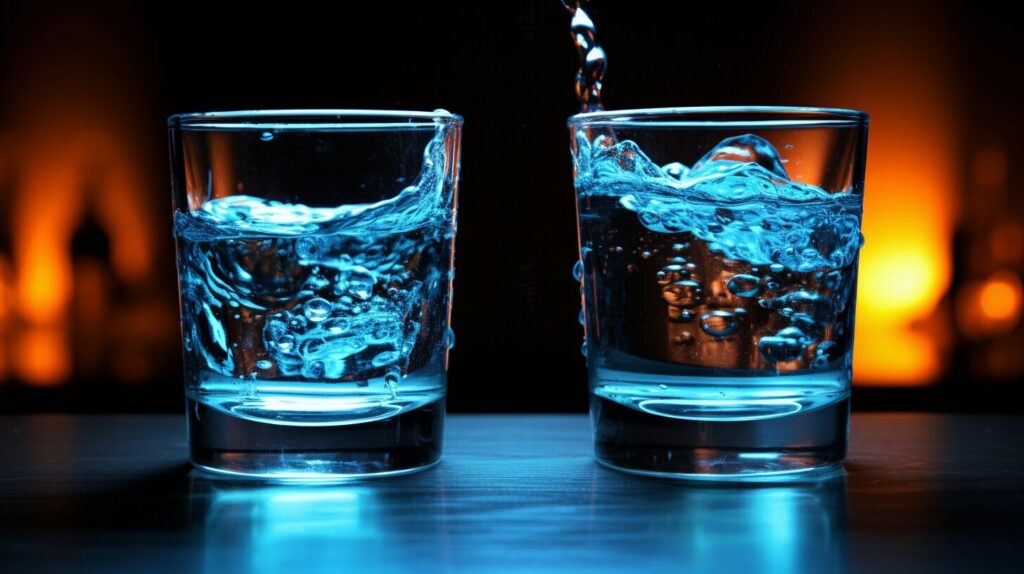
Distillation as a Water Purification Method
If you’re looking for a reliable and effective water purification method, distillation can be an excellent choice. It involves boiling water and collecting the steam that’s produced, which is then condensed back into liquid form, free of impurities. This process removes a wide range of contaminants, including minerals, heavy metals, and bacteria.
One significant benefit of distillation is that it produces high-quality water that is safe to drink. Distilled water is free of chemicals, minerals, and other pollutants, making it an ideal option for people with specific health conditions or those who want the purest form of water possible.
However, distillation can be a slow process, and it requires a significant amount of energy to heat the water and produce steam. It may not be the most practical option for purifying large volumes of water. Additionally, while distillation removes many contaminants, it doesn’t eliminate volatile organic compounds (VOCs) and certain chemicals like chlorine, which can affect the water’s taste and odor.
Despite these limitations, distillation is still considered a top water purifier and is often used in combination with other water treatment processes, such as activated carbon adsorption or reverse osmosis systems, to provide the best possible drinking water quality.

In summary, distillation is an effective water purification method that produces high-quality, pure water. While it may not be the most practical solution for large-scale water treatment, it is an excellent option for those who prioritize water quality and safety. If you’re looking to purify your drinking water, consider using distillation in combination with other water treatment processes to achieve the best possible results.
Ion Exchange and Water Softening
If you live in an area with hard water, you might have noticed a buildup of minerals on your faucets, sinks, and showerheads. Hard water is caused by high levels of calcium and magnesium ions and can cause damage to your plumbing, appliances, and even your skin and hair. Ion exchange and water softening are water treatment processes that can help remove these minerals and improve the quality of your water.
Ion exchange is a process where ions in the water are exchanged for other ions of similar charge. This process is commonly used in water softening to remove calcium and magnesium ions and replace them with sodium ions. Water softening can be achieved through various methods, including a process called ion exchange resin. Ion exchange resins work by attracting calcium and magnesium ions from hard water and releasing sodium ions in exchange.
Water softeners are popular in households that have hard water issues, and they can improve the taste of drinking water and extend the lifespan of plumbing systems and appliances. However, they may not be suitable for all water sources, and they can also add sodium to the water, which can be an issue for individuals on a low-sodium diet.
Effective water cleaning methods like ion exchange and water softening can provide clean and safe water for your household. These reliable processes can remove hard ions from the water and prevent damage to your plumbing and appliances. Consider these methods to improve the quality of water in your home.

Membrane Filtration Methods
If you’re looking for an effective water purification method, membrane filtration techniques are highly efficient options. Membrane filtration methods use semi-permeable membranes to separate impurities from water. By pushing contaminated water through the membrane, impurities are prevented from passing through, resulting in clean and safe drinking water.
There are several types of membrane filtration, including microfiltration, ultrafiltration, and nanofiltration. Microfiltration is the primary method for filtering large contaminants such as sediment and large suspended solids. Ultrafiltration is effective at removing smaller suspended solids, bacteria, and viruses, while nanofiltration is an advanced method that can remove even smaller contaminants such as pesticides, pharmaceuticals, and heavy metals.
Membrane filtration methods are commonly used in large-scale water treatment plants, but they are also suitable for home use. There are various water filtration technologies available, and some of the top water purifiers in the market use membrane filtration methods as their primary purification technique.
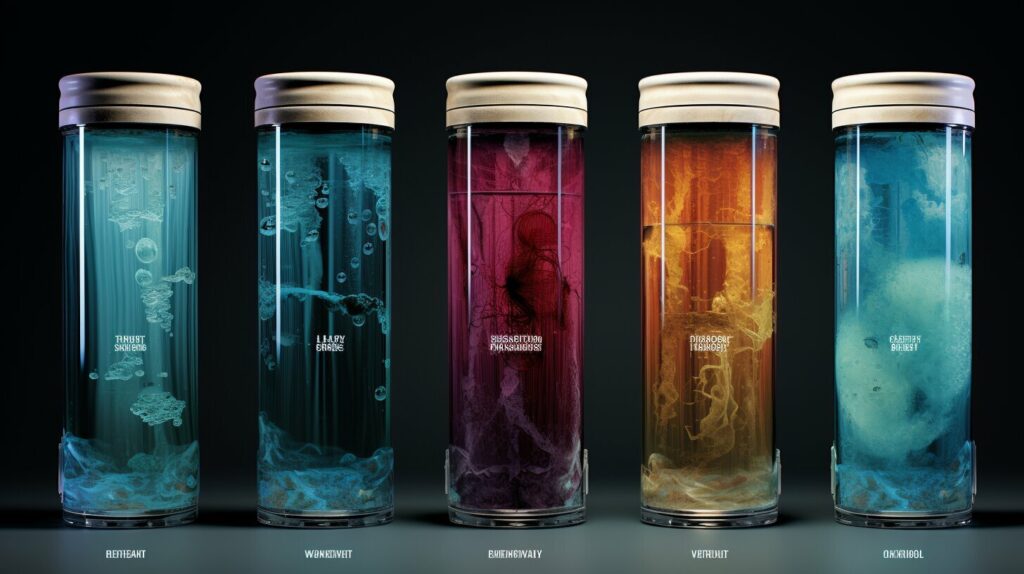
One of the significant advantages of membrane filtration methods is that they are highly efficient in removing impurities from water. They are also relatively easy to maintain and require minimal energy compared to other water treatment processes. However, they may not be suitable for all water sources, and it’s important to choose the right membrane filtration method based on the type of contaminants present in your water.
Overall, membrane filtration methods are some of the most effective water purification methods available. Whether you need to purify water for your home or large-scale operations, membrane filtration can provide clean and safe drinking water, making it a top choice for water purification.
Activated Carbon Adsorption for Water Purification
Activated carbon adsorption is an effective water filtration system that uses activated carbon to remove impurities such as chlorine, sediment, volatile organic compounds (VOCs), and unpleasant odors from water. Activated carbon, also known as activated charcoal, is made by treating carbon-containing materials such as wood, coconut shell, or coal with high temperatures, creating a highly porous surface area that can trap and bind impurities.
The activated carbon filter can be used on its own or as part of a multi-stage water filtration system. It is an affordable, easy-to-use water purification method that can be found in many top water purifiers and water filtration systems. Activated carbon filters can be used to purify water from various sources, including tap water, well water, and rainwater.
One of the primary benefits of using activated carbon filters is their effectiveness in removing organic contaminants from water. These contaminants can be harmful to your health and cause unpleasant taste and odor in drinking water. Activated carbon filters can also help to prolong the lifespan of your water purification system by removing sediment and other compounds that can accumulate and damage your system.
Despite its effectiveness, activated carbon filters have limitations. They are not suitable for removing all impurities, such as minerals, salts, and heavy metals, which require other water purification methods. Also, activated carbon filters require periodic replacement to ensure continued effectiveness in removing impurities. Replacement frequency varies according to usage and water quality, but most manufacturers recommend changing the filter every 6-12 months.
Overall, activated carbon adsorption is a reliable and affordable water purification method. It can be a part of an effective multi-stage water filtration system, ensuring you have access to clean and safe drinking water. Consider investing in the best water filtration systems with activated carbon filters to protect your health and the health of your loved ones from harmful impurities in your drinking water.
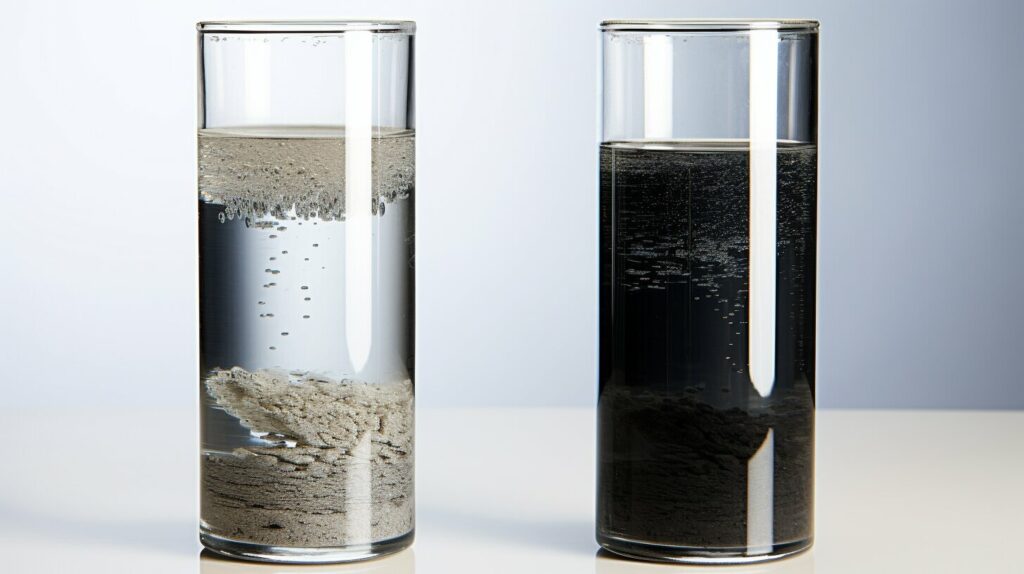
Choosing the Right Water Purification Method for Your Needs
With various water purification methods available, it can be overwhelming to decide which one is the best for your needs. When selecting a water purification method, consider the following factors:
- Water source: The type of water source you have will determine the contaminants present that need to be removed. For instance, well water might contain high levels of minerals, while surface water might be contaminated with bacteria and viruses.
- Contaminants: Certain water purification methods are more effective at removing specific contaminants. Consider which impurities you want to eliminate, such as lead, chlorine, or pesticides.
- Budget: Water purification systems vary in cost, so consider how much you are willing to spend. Keep in mind that some units may have additional maintenance expenses, such as filter replacements.
- Maintenance requirements: Some purification methods require more maintenance than others. For instance, reverse osmosis systems need regular membrane replacements, while activated carbon filters need frequent cleaning.
After considering these factors, you can start researching the best water filtration systems and top water purifiers for your needs. Look for products that have been certified by reputable organizations, such as NSF International or the Water Quality Association, to ensure their effectiveness. Additionally, read online reviews and compare features and prices to make an informed decision.
Investing in a high-quality water purification system is essential for ensuring safe and clean drinking water in your home or workplace.
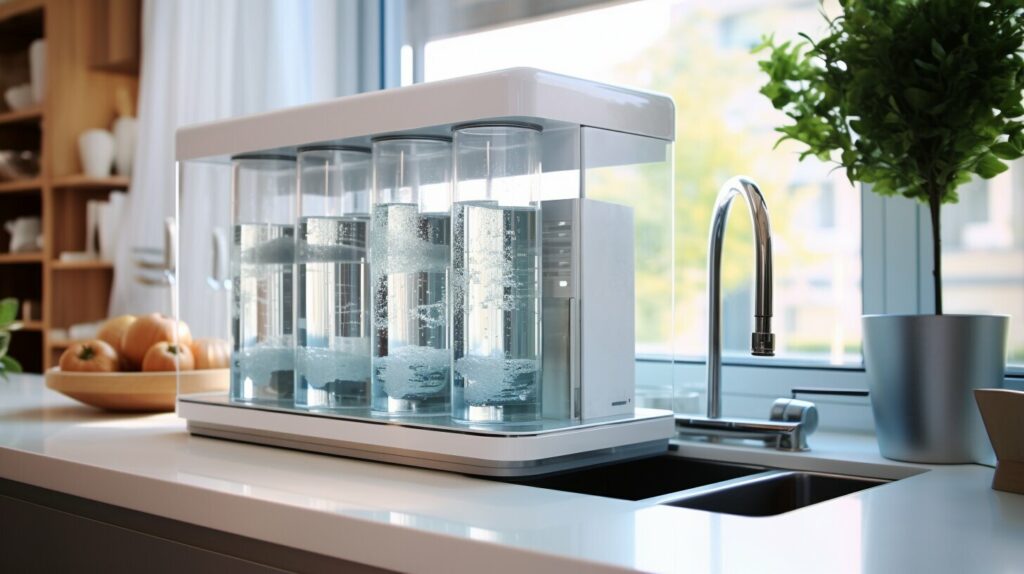
Purifying Water at Home and Outdoors
Whether you’re at home or enjoying the great outdoors, purifying your water is crucial to eliminate harmful contaminants and bacteria. Here’s what you need to know about purifying water at home and outdoors.
Purifying Water at Home
One of the most effective methods for purifying water at home is boiling. Simply bring water to a rolling boil for at least one minute to kill any harmful bacteria. You can also use chemical disinfection methods, such as adding iodine or chlorine tablets to your water and waiting the recommended time before consuming it.
Another way to purify water at home is by using a portable water filter. There are many different types of water filters available, from simple straw filters to more advanced systems that remove a wide range of contaminants. Be sure to choose a filter that is designed to remove the specific contaminants present in your water source.
When using a portable water filter, be sure to follow the manufacturer’s instructions carefully. Some filters may require pre-filtering or backflushing to maintain their effectiveness.
Purifying Water Outdoors
When camping, hiking, or in emergencies, it’s essential to have a way to purify water. Boiling water is still one of the most effective methods, but it’s not always practical. Portable water filters are a great option for purifying water outdoors, as they are lightweight and easy to use.
Chemical disinfection methods, such as chlorine or iodine tablets, can also be effective for purifying water outdoors. However, be sure to follow the manufacturer’s instructions carefully, as the effectiveness of these methods can vary depending on the conditions.
Another option for purifying water outdoors is using ultraviolet light. UV water purifiers use UV-C light to kill bacteria and viruses. These systems are lightweight and easy to use, making them an excellent choice for backpacking and emergency preparedness.
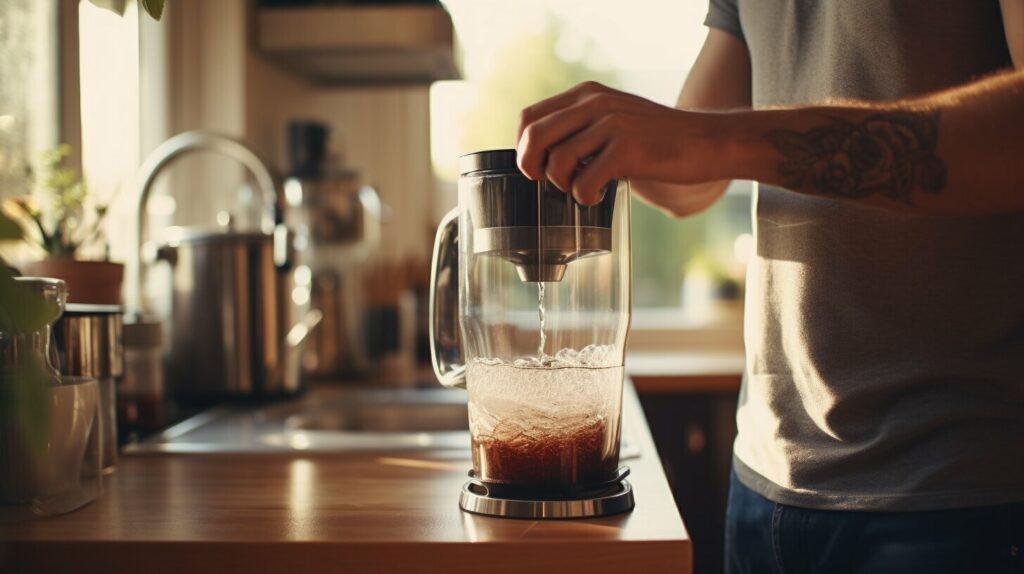
By understanding the different methods for purifying water at home and outdoors, you can ensure that you always have access to clean and safe drinking water. Whether you’re boiling water, using a portable water filter, or chemical disinfection, be sure to follow the instructions carefully to maximize effectiveness.
Conclusion
Water purification is a crucial step in ensuring clean and safe drinking water. In this article, we have explored various water purification methods, such as filtration, chemical disinfection, distillation, ion exchange, membrane filtration, and activated carbon adsorption.
As technology advances, more advanced water purification techniques are becoming available, such as nanotechnology and bioremediation. It is essential to stay informed about these advancements and choose the most suitable water purification method based on your needs.
Purifying water at home and outdoors is also essential to prevent waterborne illnesses. Remember to consider factors such as water source, contaminants present, and budget when choosing a water purification method.
Advanced water purification techniques may not always be necessary, but they can be beneficial in certain situations, such as emergencies or when dealing with particularly contaminated water sources.
Overall, purifying water at home and using effective water purification methods are essential for your health and well-being, and that of your loved ones. By taking the necessary steps to ensure clean and safe drinking water, you can enjoy peace of mind and good health.
FAQ
Q: Why is water purification important?
A: Water purification is important because it ensures that your drinking water is clean and safe. Untreated water may contain various contaminants such as bacteria, viruses, chemicals, and pollutants, which can pose health risks when consumed.
Q: What are some common types of water purification methods?
A: Some common types of water purification methods include filtration-based methods, chemical-based methods, distillation, ion exchange, membrane filtration, and activated carbon adsorption. Each method works differently to remove impurities and provide clean drinking water.
Q: How do filtration-based water purification methods work?
A: Filtration-based methods utilize filters to physically remove impurities from the water. This can include activated carbon filters, reverse osmosis systems, and ceramic filters, among others. These filters trap contaminants and allow clean water to pass through.
Q: What are chemical-based water purification methods?
A: Chemical-based methods use disinfectants to kill harmful microorganisms in water. Techniques such as chlorination, UV disinfection, and ozone treatment are commonly used to eliminate bacteria, viruses, and other pathogens, ensuring safe drinking water.
Q: How does distillation work as a water purification method?
A: Distillation involves vaporizing water and then condensing the steam to remove impurities. As water evaporates, contaminants are left behind, and the condensed steam is collected as purified water. Distillation is effective at removing most impurities but may not eliminate certain volatile organic compounds.
Q: What is ion exchange and water softening?
A: Ion exchange is a water treatment process used to remove hardness-causing minerals from water. It involves exchanging calcium and magnesium ions with sodium or potassium ions, resulting in softened water. Water softening helps reduce scaling and improves the taste of water.
Q: How do membrane filtration methods purify water?
A: Membrane filtration methods use semi-permeable membranes to separate impurities from water. Microfiltration, ultrafiltration, and nanofiltration are examples of membrane filtration techniques. These membranes have tiny pores that trap contaminants while allowing clean water to pass through.
Q: What is activated carbon adsorption in water purification?
A: Activated carbon adsorption involves using activated carbon filters to remove organic contaminants, taste, and odor from water. These filters have a large surface area that can attract and trap impurities, resulting in cleaner and better-tasting water.
Q: How can I choose the right water purification method for my needs?
A: When choosing a water purification method, consider factors such as the water source, contaminants present, budget, and maintenance requirements. You should also assess the effectiveness and suitability of different methods based on your specific needs and preferences.
Q: How can I purify water at home and outdoors?
A: There are various methods to purify water at home and outdoors. Some options include using portable water filters, boiling water, or using chemical disinfection methods like chlorine tablets or iodine. The method chosen depends on the circumstances and availability of resources.


